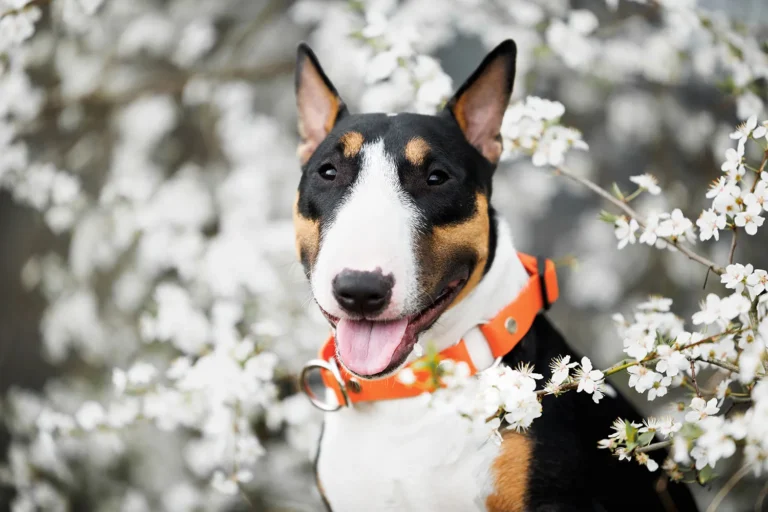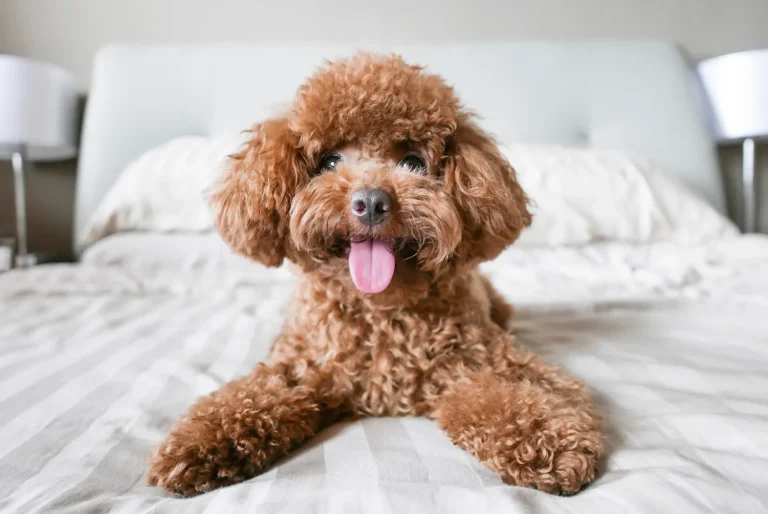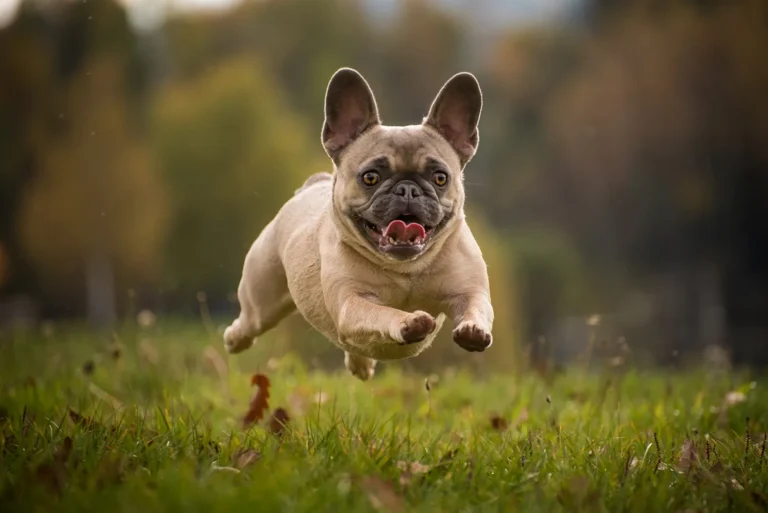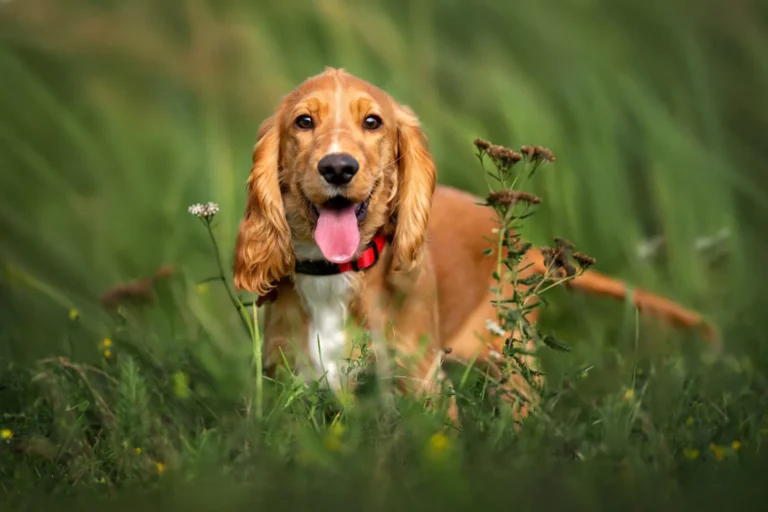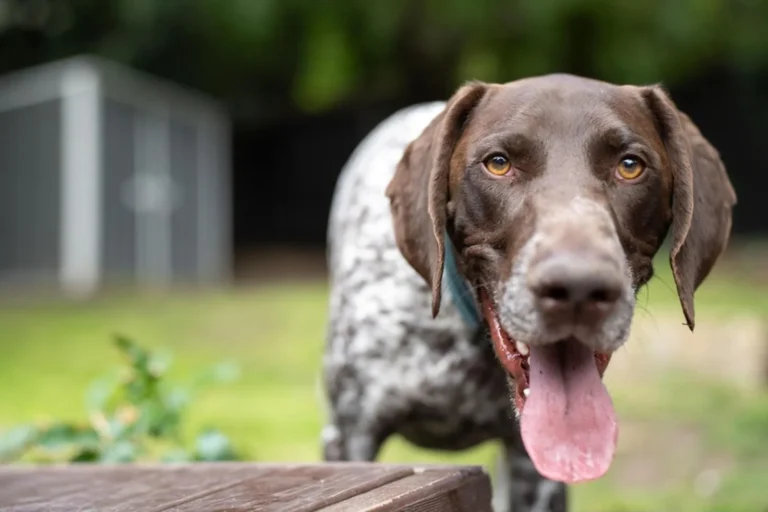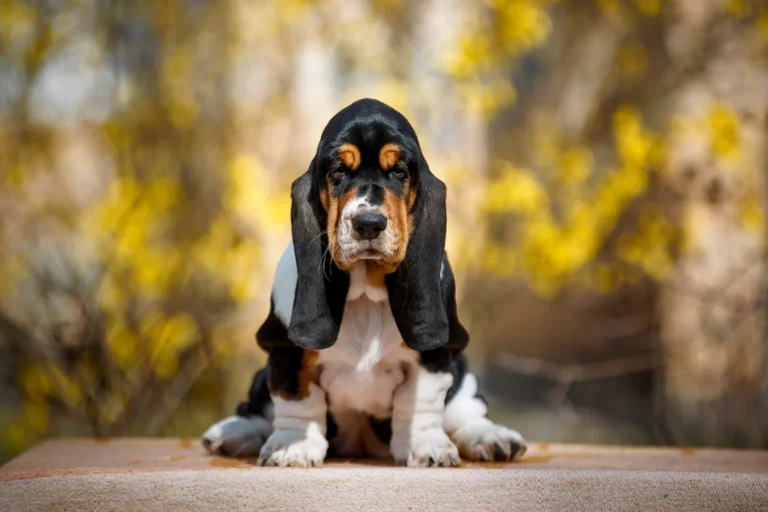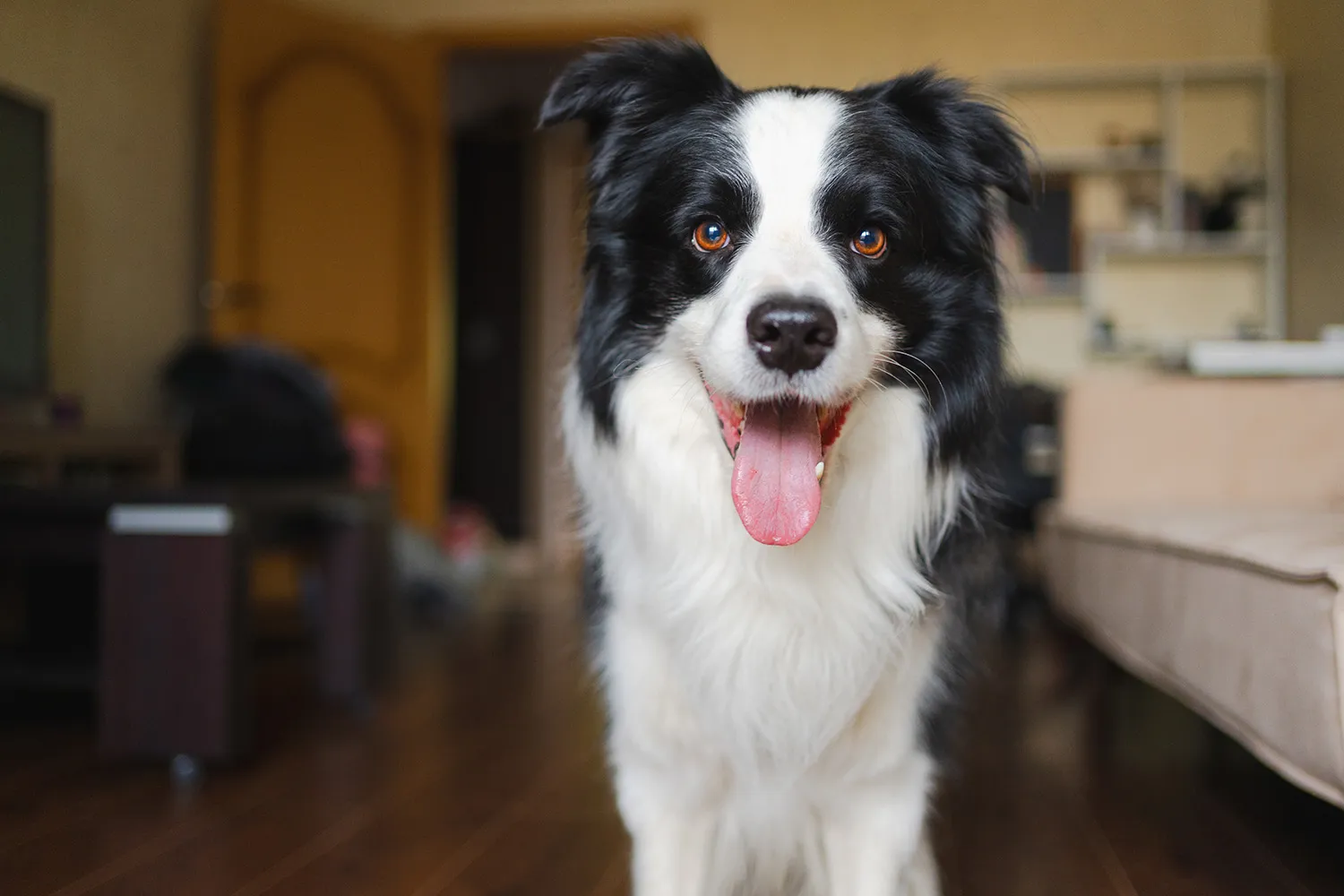
The name really does give it away these dogs were born to herd, and sheep were their specialty. Border collies became priceless partners to shepherds because they’re not just fast and agile; they’re smart enough to read a flock, anticipate movement, and respond to the tiniest cue. I once spent a muddy afternoon watching two border collies move a flock through a narrow gate: one slipped wide to gather the stragglers while the other held the front steady, and the shepherd needed little more than a whistle and a nod. That kind of teamwork is where they shine working in pairs or small groups, each dog knowing its lane and trusting the other to do the same.
If you’re living with one today, you’ll notice that same “let’s work together” spark at home. They love having a job and a partner, even if the “flock” is just you and the kids. My friend’s collie won’t settle until he’s had a few rounds of fetch with clear start and finish cues, and then a quick bit of obedience practice to scratch that teamwork itch. Try group activities like agility, flyball, or herding lessons if you can find them; even backyard games hide and seek with toys, directional fetch, or sending them around cones tap into their love of coordinated effort. Keep sessions short, upbeat, and purposeful, and you’ll have a happy collie who feels like part of a small, well oiled team.
History and Origin of the Border Collie
Picture the rugged hills between England and Scotland, a scatter of sheep, and a sharp whistle carried on the wind. That’s the birthplace of the Border Collie. These dogs were bred to herd especially sheep and they quickly became a shepherd’s most valuable partner. They could work side by side with humans, and they were brilliant when coordinating in groups to move a flock across tricky ground. I remember standing on a blustery hillside in Northumberland watching a collie drop into that famous crouch and “eye” a flock from 200 yards away it felt like watching instinct meet training in real time.
Their story goes back to old herding dogs that lived and worked with people, guarding and guiding livestock long before anyone called them “Border Collies.” Over time, different landscapes shaped different styles. In the highlands and rough country, you’d find tougher, sure footed dogs; on gentler pastures, quicker, more agile types. That’s how regional names like Northern Sheepdogs and Highland Collies cropped up. The “collie” part likely nods to the black faced “colley” sheep common in Scotland. By the late 1800s, sheepdog trials were showcasing the best of the best, and a remarkable dog named Old Hemp (born in 1893) set the standard for the calm, focused working style we still admire today. A shepherd I chatted with near the Borders once told me, “If a dog can move sheep with silence and a stare, that’s the one you keep.” That’s the Border Collie in a nutshell.
They’re still very much working dogs. You can often spot the difference between a working bred collie and a pet bred one by temperament alone. Working dogs tend to be laser focused, disciplined, and happiest when given a job whether that’s herding, agility, or even scent work. A friend of mine adopted a retired hill dog; he was sweet as pie in the house but came alive when given puzzle feeders and backyard “jobs” like fetching specific toys by name. If you’re considering a Border Collie, ask breeders or rescues about the dog’s background and energy level. A farm bred pup might thrive with herding lessons or high level canine sports, while a more easygoing line could be a great companion for active urban life so long as you commit to daily mental workouts.
From the England Scotland borderlands to ranches and sports fields around the world, the Border Collie’s origin is written in their eyes, their work ethic, and that seamless partnership with humans. They were made for the hills, but they’ll gladly bring that heart and hustle into your home so long as you give them a purpose.
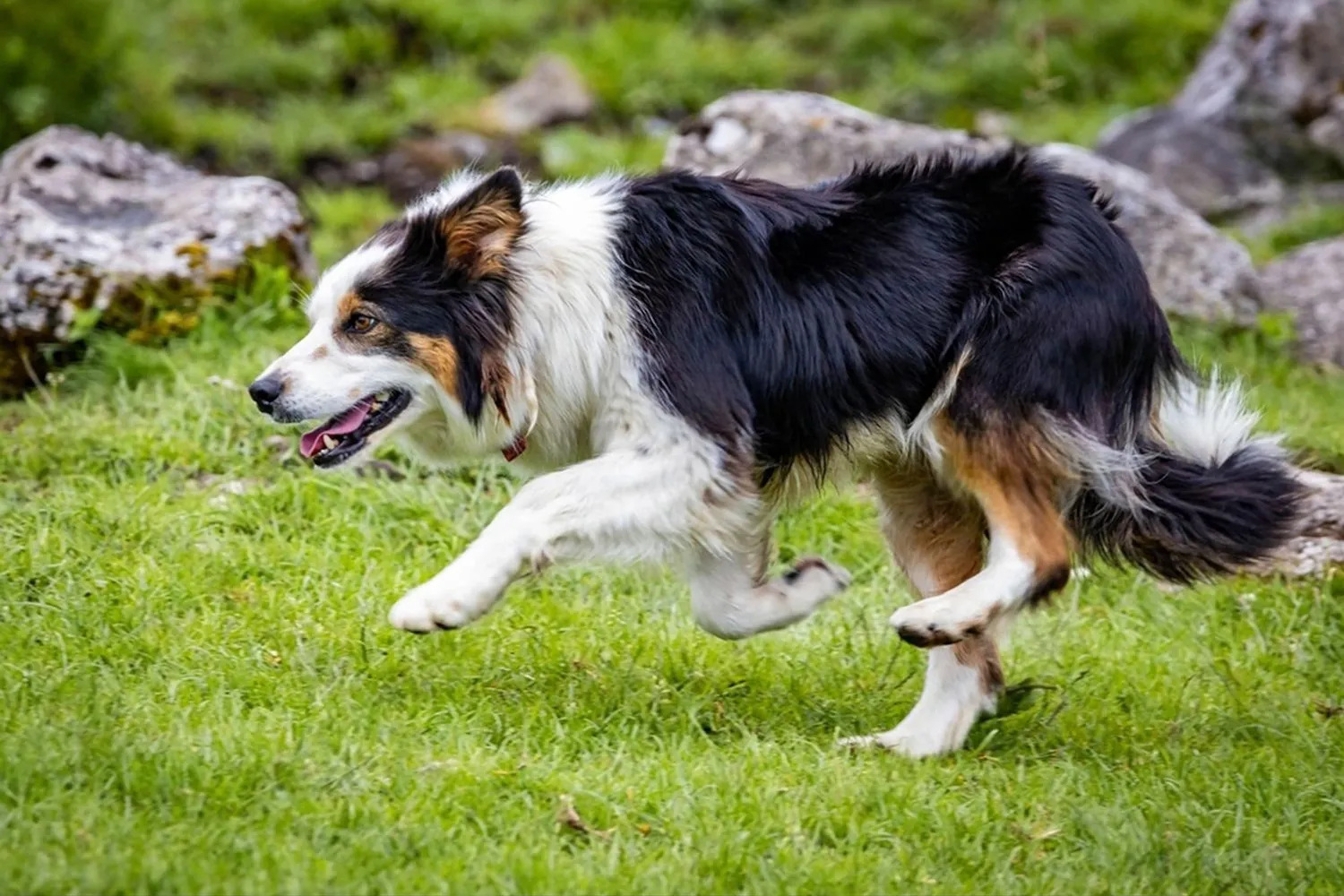
What Is a Border Collie Breed?
Picture a lightning quick herder with a foxlike face and a brain that’s always two steps ahead that’s the mix of a Border Collie and a Shetland Sheepdog that many folks call the Border Sheltie or Sheltie Border. The word “collie” itself simply means sheepdog, which is why these names can get a little tangled. You might even hear old timers refer to them as Scotch sheep dogs, a nod to the days before these herding types were formally recognized by the American Kennel Club. I met my first Border Sheltie at a park fun run she outmaneuvered every dog at the frisbee game, then came back and parked herself politely at her owner’s feet like, “What’s next, coach?”
As a blend of two brilliant herding breeds, they’re quick studies with a ton of heart. Expect big energy in a compact, athletic package, a plush double coat, and ears that can be prick or tipped adorable either way. They thrive on a job, even if it’s just daily “find it” games, trick training, or a backyard agility course made from broomsticks and garden chairs. My tip: five minutes of brain work after a good walk can calm them better than an extra mile. They can be vocal and naturally inclined to herd, so teach a solid “leave it” and an “all done” cue early. One of mine used to try to round up the kids at recess; we channeled that into fetch with a release word, and the nipping disappeared.
If you’re curious about the purebred Border Collie side of the family history, health, and working style the Border Collie Society of America is a fantastic resource. And if the Border Sheltie mix has your heart, talk to herding breed rescues or trainers to learn what life with a super smart, eager little worker really looks like day to day.
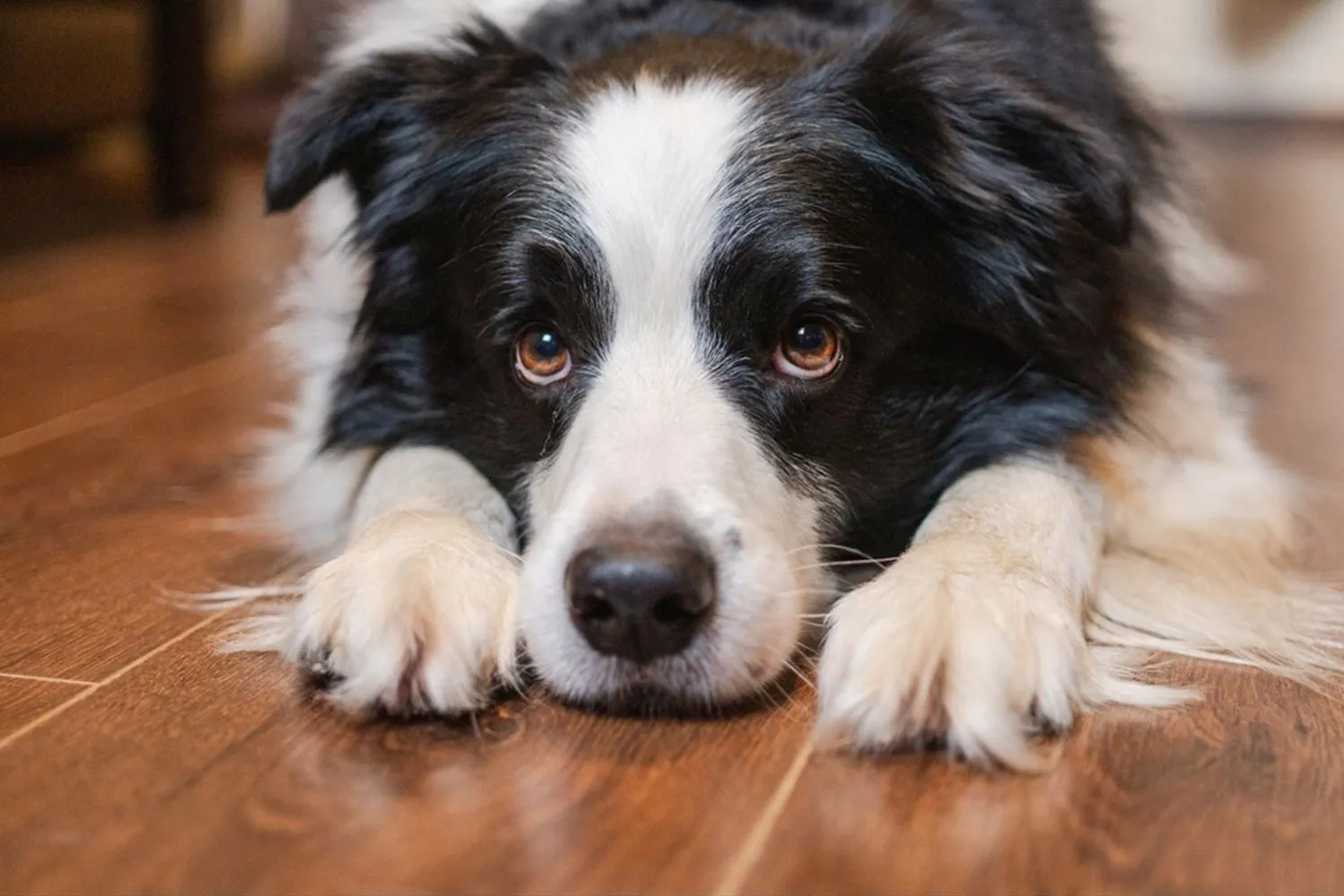
Who is a Border Collie best for?
If you’ve got energy to spare and a yard where a dog can stretch their legs, a Border Collie (and many Border Collie mixes) will feel right at home. They’re built for motion and mischief in the best way and they need space to burn off those famous zoomies. I used to babysit my friend’s Collie, and even after a long game of fetch, she’d trot over with a frisbee like, “Round two?” A fenced yard is ideal, but if you don’t have one, plan on plenty of park trips, long walks, and a solid routine.
They’re typically wonderful with other dogs and do great with children when everyone knows the rules. I’ve watched a neighbor’s Collie carefully “herd” the kids toward the picnic blanket, tail wagging the whole time. Teach kids to be gentle and give the dog a quiet spot to retreat. Socialization and a basic manners class go a long way these dogs are so smart they often learn the sit stay before the rest of the class has found their treats.
Mental stimulation is just as important as exercise. Think puzzle feeders, scent games, trick training, agility, or a flirt pole in the yard. I like a rhythm of two good workouts a day plus several short brain games; ten minutes of shaping a new trick can calm them faster than another mile of jogging. If you’re out of the house for long stretches, line up help a midday dog walker, a couple days of doggy daycare, or a trusted sitter. If that’s not realistic, this might not be the best fit right now. With time, structure, and plenty to do, a Border Collie becomes a brilliant, loving family companion who’s always up for the next adventure.
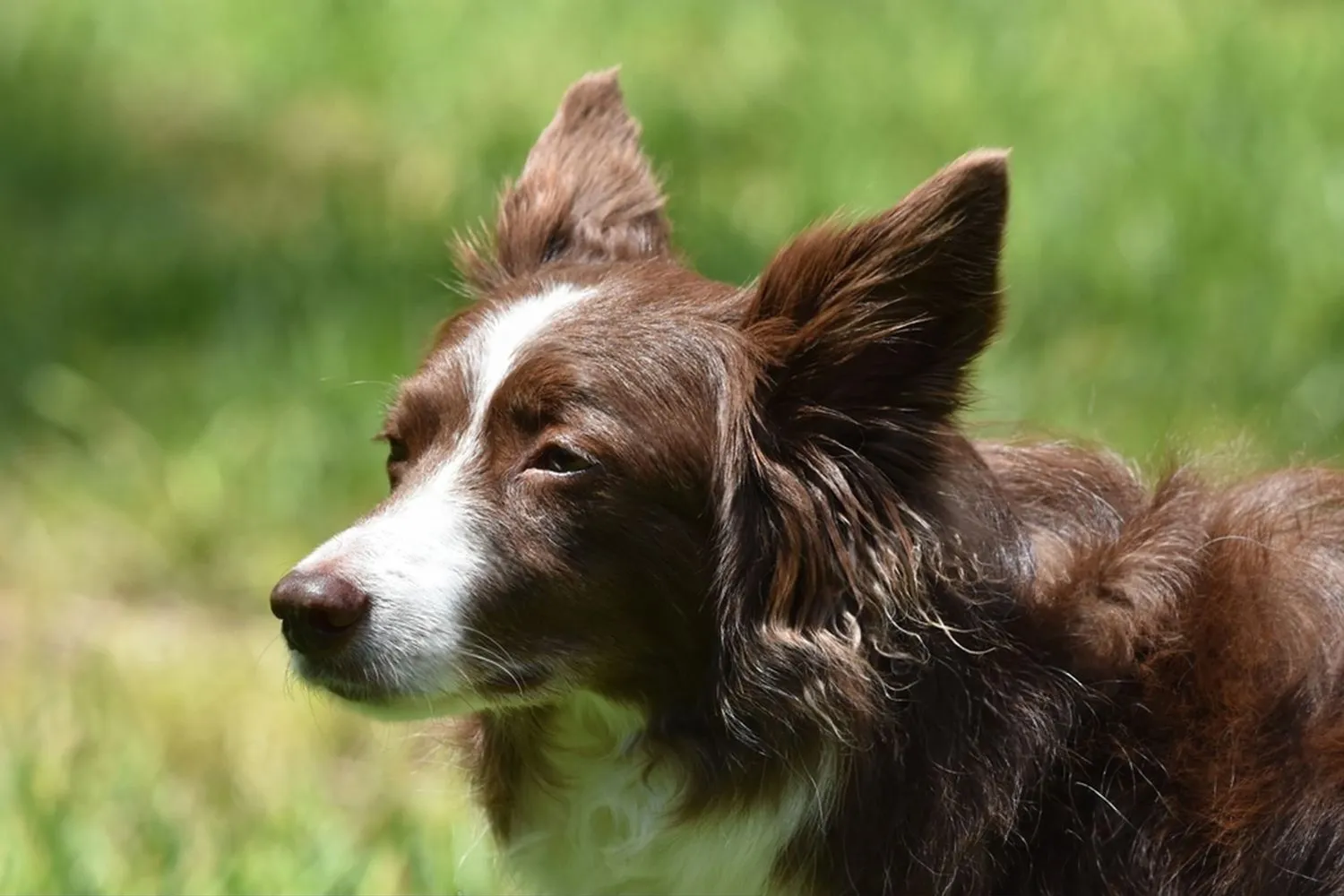
Border Collie Grooming and Shedding
Border Collies are refreshingly simple to keep tidy, especially compared to breeds that need fancy cuts. They’ve got a double coat that comes in two styles: rough and smooth. The rough coat is medium length with a bit of feathering on the legs and tail, while the smooth coat lies short and close. Day to day, both types are pretty low maintenance. The catch is shedding season. Twice a year, usually in spring and fall, the hair seems to leap off them in soft little drifts. I remember walking my collie on a breezy April morning and watching tufts roll down the sidewalk like tiny tumbleweeds.
A routine brushing twice a week will keep most Border Collies looking sharp and feeling comfortable. During heavy shed weeks, I switch to quick daily brush outs it’s five minutes that saves me from finding fur on every sweater I own. A slicker brush and an undercoat rake are my go to tools. The rough coat can mat behind the ears, in the “armpits,” and around the hindquarters, so I give those spots extra attention. Smooth coats don’t mat as easily, but they still shed plenty. Pro tip: I like to brush on the porch with a cup of coffee and let the breeze take the floaty hair instead of my vacuum.
Baths don’t need to be frequent every 6 to 8 weeks is plenty unless they find a mud puddle (which, let’s be honest, they usually do). Use a gentle dog shampoo and rinse thoroughly; their coats are a bit weatherproof, so soap can cling. After a rainy hike, I’ll hose off the mud and towel dry well, especially around the undercoat, to avoid any damp dog smell or skin irritation. A little detangling spray helps if the feathering has picked up burs or grass seeds.
Nails typically need trimming about once a month. I like to clip or dremel them after a long walk when they’re softer and the dog is calmer. If you hear clicking on the floor, it’s time. For teeth, aim to brush 2-3 times a week with dog safe toothpaste. I keep a brush by the leash and do a quick scrub after evening walks; it’s become part of the routine. Dental chews can help, but they’re not a substitute for brushing.
Do a quick weekly ear check peek inside for redness, odor, or excess gunk. Border Collies’ ears can vary in shape, but any ear can trap moisture after a swim. Wipe gently with a vet approved cleaner if needed. While you’re at it, run your hands over their coat to check for ticks, burrs, or hot spots; rough coats, in particular, love collecting tiny hitchhikers. If anything looks off scratching, head shaking, swelling give your vet a call sooner rather than later.
With a simple rhythm brush a couple times a week, bathe as needed, trim nails monthly, brush those pearly whites regularly, and peek at the ears you and your Border Collie will sail through grooming. And you’ll spend more time doing what they live for: running, learning, and being wonderfully, joyfully busy.
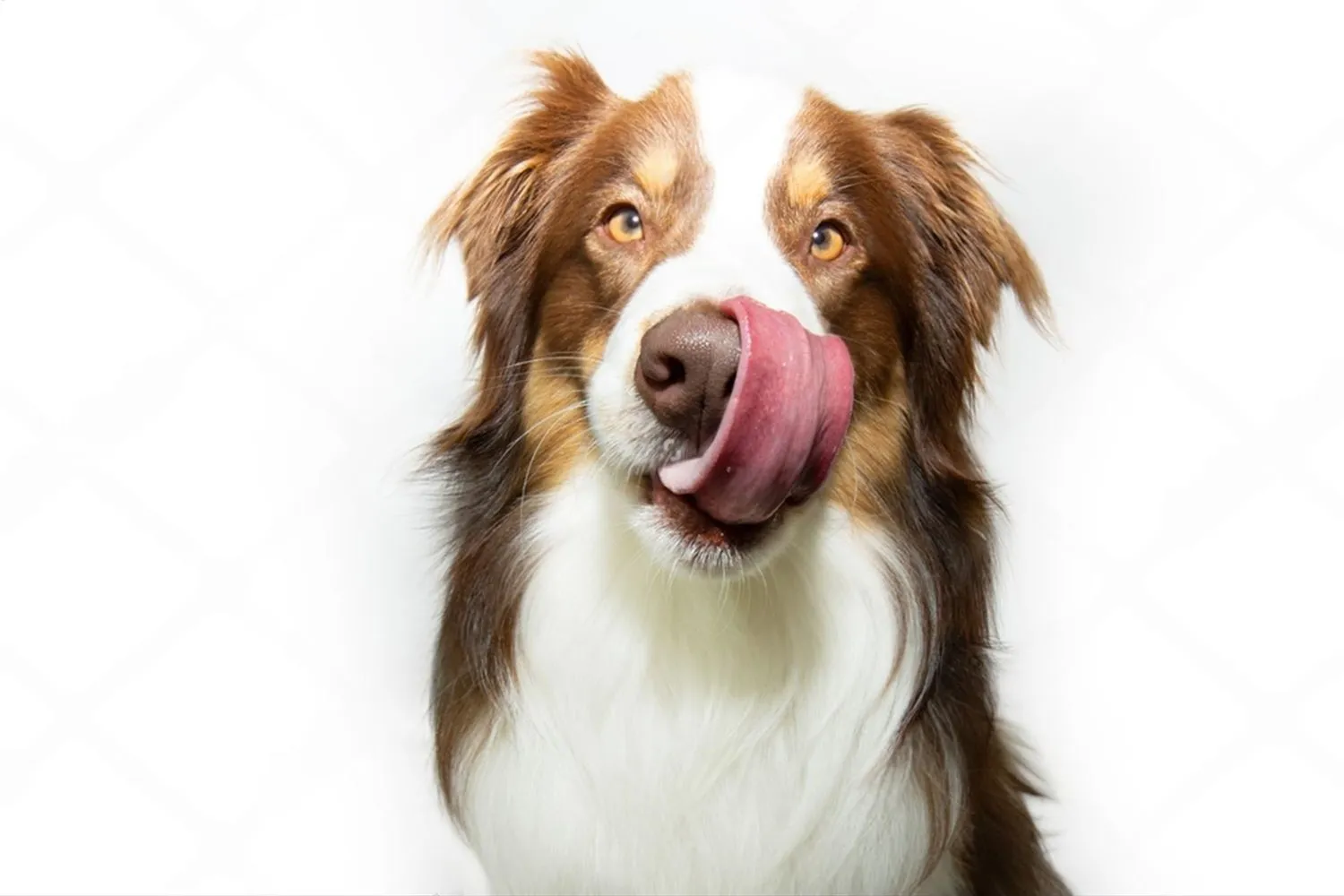
Do Border Collies Bark a Lot?
When that brilliant brain and busy body don’t have a job, the noise switch can flip. A bored Border Collie may bark, dig, or even try to “herd” passing cars. My friend’s collie, Finn, used to announce every drifting leaf on days we skipped fetch lesson learned.
The fix isn’t scolding; it’s giving them work. Aim for two good exercise sessions a day (think brisk walks, fetch, or frisbee) plus 10-15 minutes of brain games like trick training, puzzle feeders, or scent games. I like to rotate toys and teach “speak” and “quiet” pairing “quiet” with a treat and a calm cue (mine is a chin on hand target) made the silence stick. Sniff heavy walks also take the edge off better than a quick lap around the block.
Manage triggers, too. Frosted windows or a strategic curtain can cut down on alert barking, and supervised yard time keeps them from self assigning guard duty. Some Border Collies are chattier than others, but if you dream of a consistently hush hush house, this might not be your breed. With enough exercise and mental work, though, they’re more focused teammate than neighborhood siren.
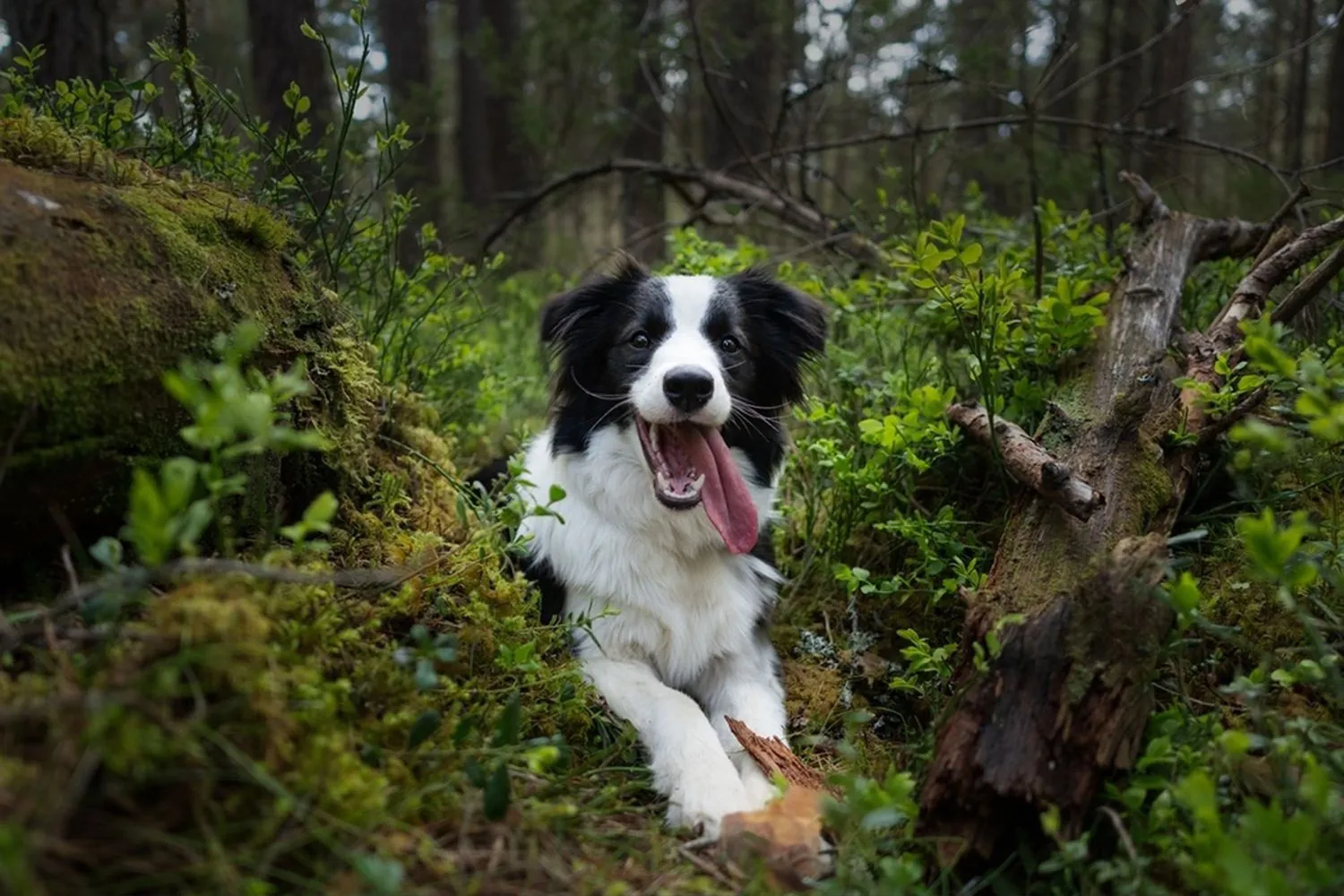
Average Height and Weight of a Border Collie
Border Collies tend to be similar in height whether they’re boys or girls, but males usually carry a bit more muscle. Most males stand around 19-22 inches at the shoulder and weigh about 33-44 pounds (roughly 48-55 cm and 15-20 kg). Females are typically 18-21 inches tall and come in at 29-40 pounds (about 45-53 cm and 13-18 kg). In other words, they’re solidly medium sized big enough to keep up on hikes, small enough to fit in the back seat without taking it over. https://en.wikipedia.org/wiki/Border_Collie My own guy, Finn, hovers around 20.5 inches and 40 pounds when he’s in peak “let’s chase the frisbee for two hours” shape, while my friend’s petite girl Skye is a nimble 18.5 inches and 31 pounds, fast as lightning on the agility course.
Don’t get too hung up on one number, though. Genetics, build, and even coat type can make a Collie look bigger or smaller than the scale suggests. I like a simple check: you should be able to feel ribs with a light touch but not see them jutting out, and there should be a tidy tuck at the waist. If your dog starts edging over their usual weight (Finn always “finds” an extra kilo in winter), trim portions a bit and add an extra brainy workout snuffle mats and hide and seek games do wonders for these clever herders.
If you’re curious about measuring, do it at the withers (that ridge between the shoulder blades) while your dog stands square. Puppies often shoot up in height first and fill out later, usually until about 12-18 months. As long as your Border Collie stays lean, energetic, and eager to work or play, you’re right where you need to be. And if your pup sits a smidge outside the averages but your vet is happy with their body condition, don’t sweat it these dogs are athletes at heart, built for action more than for the tape measure.
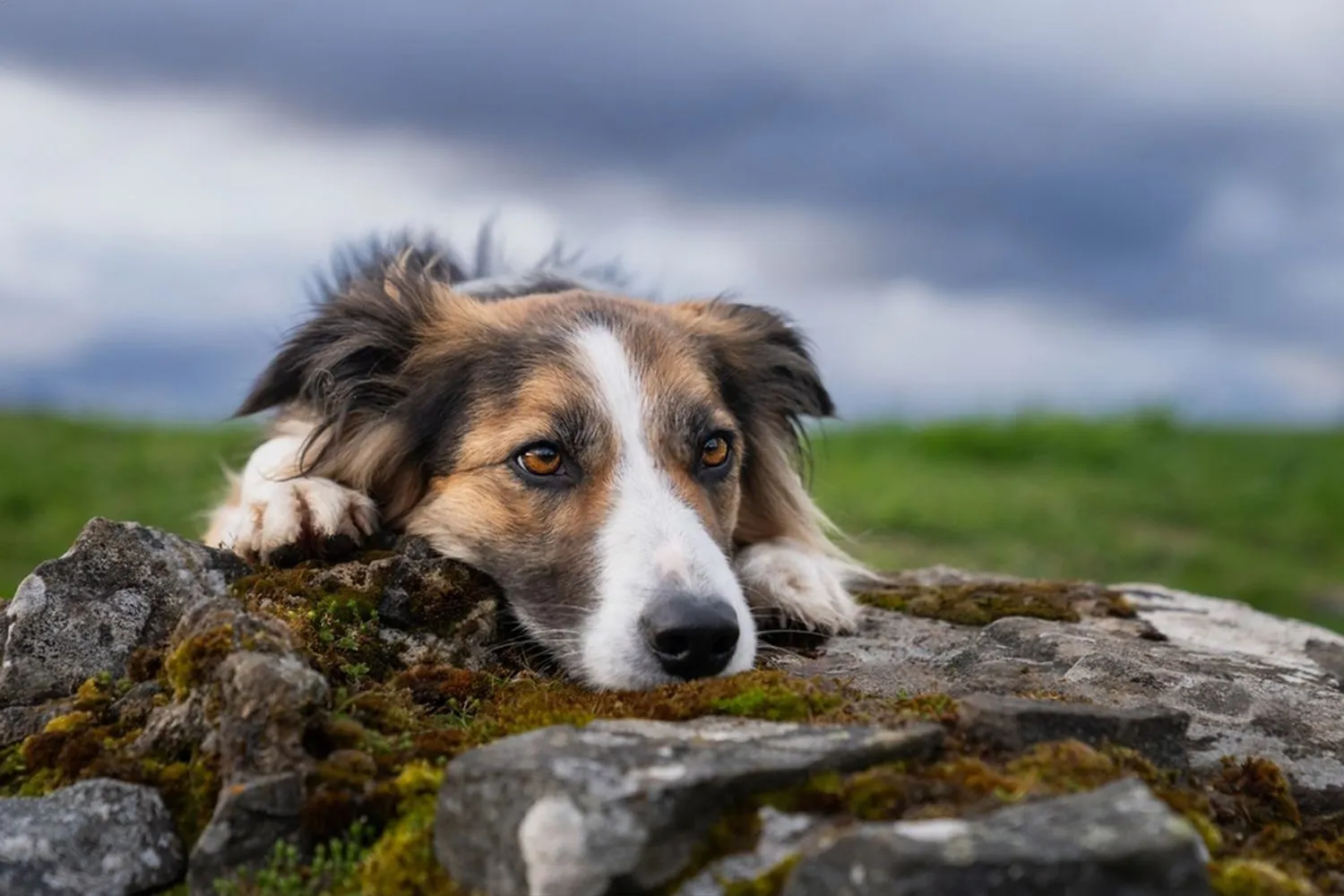
Are Border Collies Easy to Train?
Short answer: yes if you’re ready to keep up with them! Border Collies are famously bright herding dogs with laser focus, which makes them wonderfully trainable. The flip side is that their big brains and energy need direction. I remember teaching my friend’s Collie to spin, bow, and fetch the TV remote in a weekend. Impressive, yes but that same dog also learned to open the pantry if we didn’t latch it. They’re quick studies in both the good and the mischievous.
Start early with your puppy. Keep training sessions short and fun five to ten minutes, a few times a day and stick to reward based methods. Introduce them to your other pets and any children right away, with calm, supervised meet and greets. Their herding instincts can kick in with little feet or fast moving cats, so redirect that urge to a tug toy or a game of fetch. I like to take puppies on “confidence walks” to see bikes, strollers, and doorbells in action lots of treats for staying calm.
Build solid basics: sit, down, stay, recall, and “leave it.” Add leash manners early so outings are a breeze later. Border Collies thrive when they have jobs, so give them puzzles, trick training, or simple tasks like carrying a toy to the basket. A well trained Collie isn’t just easier in public they’re happier at home, too.
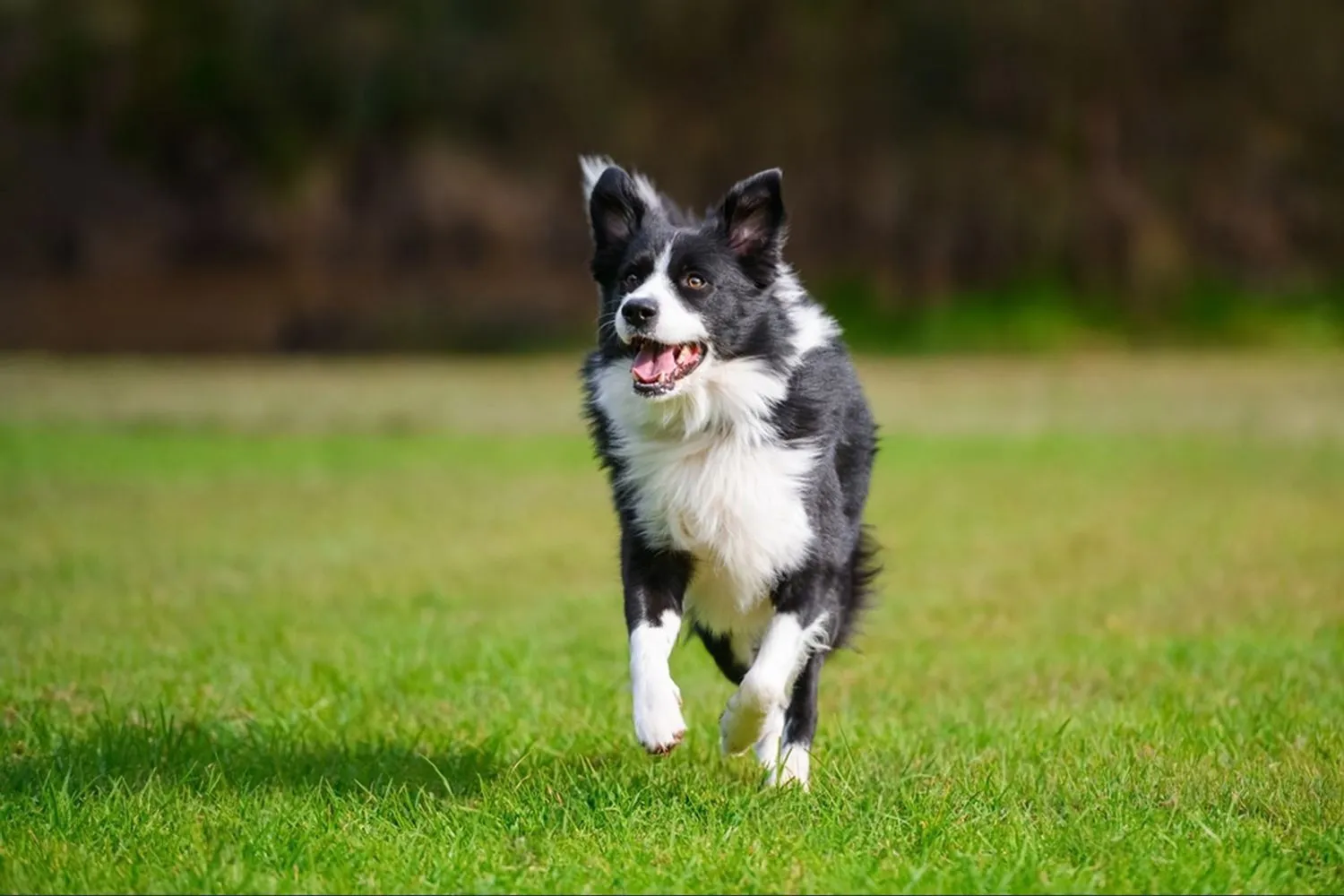
How Do Border Collies Behave? A Look at Their Temperament and Personality
Spend a day with a Border Collie and you’ll quickly learn what “always on” really means. These dogs are a brilliant blend of athlete and strategist part sprinter, part chess player. I once dog sat a Border Collie who would nudge a tennis ball onto my lap at 6 a.m., then stare at the door like a coach waiting for practice to start. If you enjoy activity, they’ll meet you there and then some. Even if you don’t have sheep in the backyard, they thrive in dog sports like agility, flyball, disc, or even beginner herding classes offered at farms. A neighbor’s collie named Skye lit up the first time she saw an agility jump; by the third class, she was taking turns tighter than a race car.
As puppies, some Border Collies can be a little shy. It’s not weakness it’s a thoughtful, observant brain taking everything in. With proper socialization, they warm up fast. Puppy classes are gold because they safely expose your pup to new people, dogs, and places while keeping it positive. I remember bringing a timid collie pup to a bustling farmer’s market and doing “treat and greet” from a distance. Within a few visits, she was trotting along with loose shoulders and a wag, curious instead of overwhelmed.
They love having a job, so mental exercise is just as important as physical. A trainer I worked with in Austin used to say, “Twenty minutes of training can tire out a Border Collie more than an hour of fetch,” and she was right. Puzzle feeders, scent games, and trick training keep that clever mind engaged. I like hiding treats around the living room and sending them to “find it” you can almost hear the gears turning. On rainy days, I set up a little obstacle course with cushions and a broomstick jump, and we practice cues like “wait,” “through,” and “touch.”
Without enough stimulation, their herding instincts can come out in the wrong ways chasing dogs, children, bikes, even cars. That impulse isn’t mischief; it’s genetics doing what it was designed to do. Manage it with a long line or fenced spaces and channel it into safe outlets like disc, structured fetch, or a flirt pole. Work on impulse control and recall early. I use a cheerful “this way!” to redirect before a chase gets started; catching them a second before they lock on makes all the difference.
Border Collies are famously loyal and incredibly tuned in to their people. You’ll notice they read your movements like a book. I once stood up to grab a glass of water and my friend’s collie was already on her feet, eyes on me, ready to help with whatever mysterious kitchen mission I was about to attempt. Because they’re sensitive, they respond best to calm, clear cues and lots of praise; harsh corrections can shut them down. They’re often “velcro dogs” who like to be where you are, but once they understand the household routine, they relax nicely.
Balance is everything. Teach an “off switch” with settle on a mat training and sprinkle in quiet sniffy walks alongside the high octane stuff. If you’ve got a young pup, keep exercise appropriate for growing joints and focus on short training bursts, confidence building, and restful naps. Give a Border Collie a job, fair rules, and your attention, and you’ll get a dazzling partner who wants nothing more than to work by your side and then curl up at your feet when the day is done.
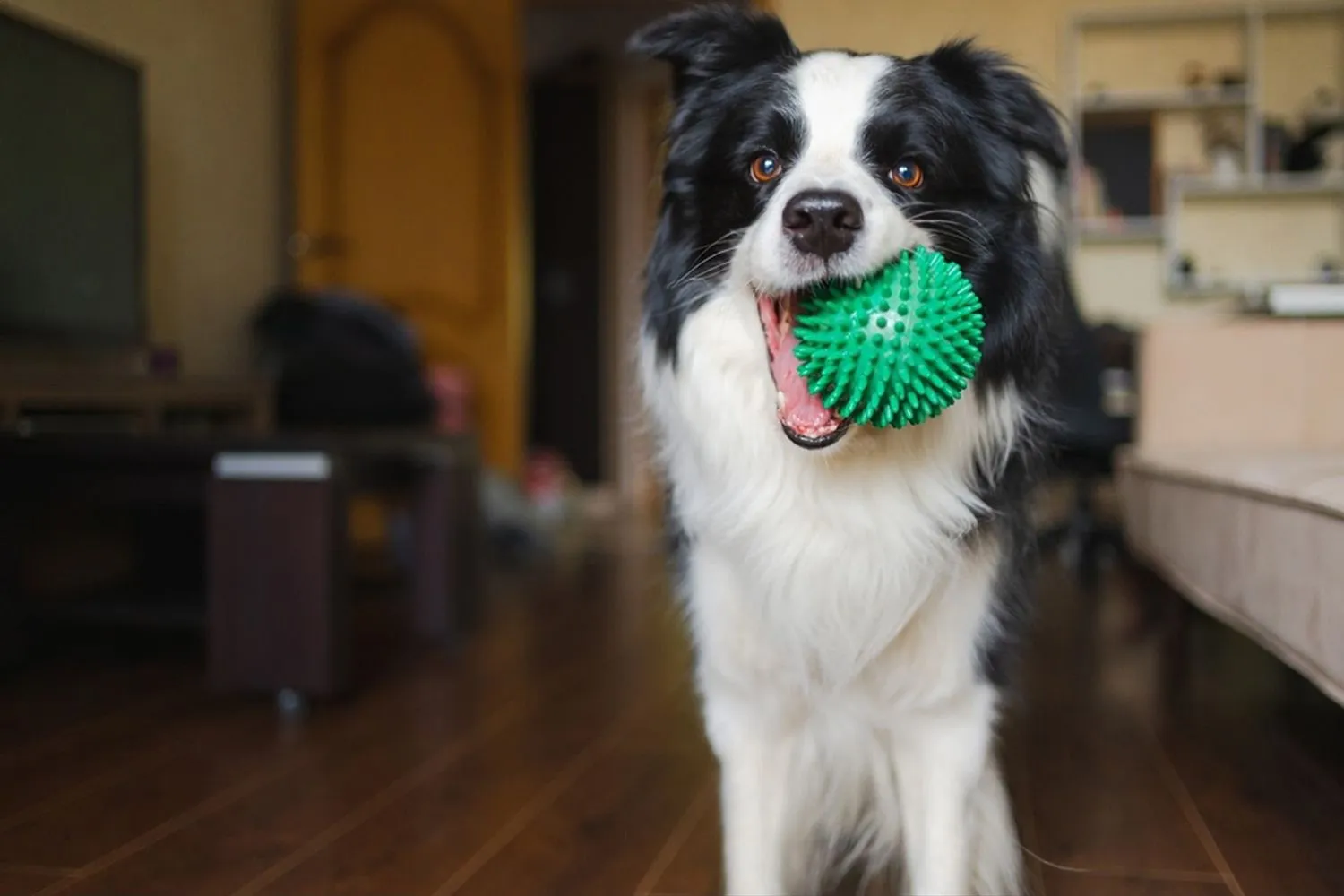
Do Border Collies Have Common Health Issues?
Border Collies are tough, bright, and built to go all day, but like any breed, they have a few health concerns to keep on your radar. Not every Border Collie will face major problems, of course I’ve known plenty who herded tennis balls into their teens without missing a beat but being informed helps you catch little things early and keep your dog comfortable.
The big one you’ll hear about is hip dysplasia. That’s when the thighbone doesn’t fit quite right into the hip socket, which can lead to pain or arthritis over time. I once fostered a young Border Collie who bunny hopped when he ran and struggled with stairs that was our first clue. A good breeder will screen parents’ hips so you start with the best odds. Day to day, keeping your Collie lean, building up muscle with low impact exercise like swimming or brisk walks, and using rugs on slippery floors can make a real difference. If your pup is still growing, go easy on high impact jumping until those joints are ready.
Eyes are another area to check. Collie eye anomaly is an inherited condition that, in some dogs, can lead to vision loss. Many breeders now use DNA testing, and an annual exam by a veterinary ophthalmologist is a smart idea. A friend’s puppy was flagged early, and with careful monitoring he’s lived a perfectly happy, active life. Little signs like hesitation in dim light or bumping into things at night are worth mentioning to your vet.
There’s also something called Border Collie collapse. Despite their incredible energy, some dogs can become disoriented or wobbly and may even collapse after intense exercise. I’ve seen it once on a scorching summer afternoon during an overenthusiastic game of fetch one minute zooming, the next dazed and unsteady. If that happens, stop immediately, move your dog to shade, offer cool (not ice cold) water, and call your vet. Prevention helps: exercise in cooler parts of the day, build up intensity gradually, and take frequent rest breaks. I like to set a timer and swap in a sniffy “find it” game between fetch rounds so my dog’s brain gets a workout while his body gets a breather.
No matter where your Border Collie comes from, choose a reputable breeder or rescue that’s transparent about health history. Ask about hip evaluations and eye testing, and keep up with routine vet checks. If something looks off limping, unusual fatigue, confusion don’t wait; your vet will want to know. I keep a simple notebook with my dog’s normal routines and any changes I spot. It sounds nerdy, but it’s helped me catch small issues before they became big ones.
Most Border Collies live long, active lives with good care. Listen to your dog, pace the play, and partner with your vet. A little prevention goes a long way toward keeping that brilliant Border brain and agile body happy for years.
What Is the Lifespan of a Border Collie?
Most Border Collies live somewhere between 10 and 17 years, with many settling happily in the 12-15 range. That’s a lot of birthdays, a lot of tennis balls, and a lot of muddy paw prints on your floors definitely a long-term commitment. I’ve met plenty of gray muzzled Collies still trotting to the park at 14, and my friend’s rescue, Pip, made it to 16 chasing shadows and supervising the neighborhood like it was her full-time job.
How long your Border Collie lives can depend on genetics, diet, exercise, and their all important “job.” These dogs thrive when their brains are busy, so daily mental workouts puzzle toys, trick training, a little backyard agility can keep them sharp and happy well into their senior years. Keep them lean to protect their joints; it’s amazing how much difference a few pounds make for a dog built to move. Regular vet checkups, good dental care, and safe, consistent exercise are your best tools for longevity. I remember switching my Collie to slightly shorter, more frequent walks around age 12 and adding joint supplements she still zipped around, just with a little more warm up time. Plan for the long haul: training, time, a budget for vet care, and a lifestyle that keeps a working mind engaged. It’s a lifelong commitment, yes but one that pays you back in loyalty, laughter, and a dog who will outsmart you in the best possible ways.
How Much Should a Border Collie Eat?
Most adult Border Collies do well on about 1.5 to 2 cups of high-quality dry food per day, split into two meals. That’s a solid starting point, but the sweet spot depends on your dog’s age, size, and activity level. My old collie, Skye, could burn through calories on agility days and needed closer to the higher end, but on rainy weeks we’d nudge her down a little. These dogs are busy brains with athletic bodies, and both matter when you’re deciding portions.
Measure meals with a proper measuring cup (or even a kitchen scale if you want to be extra accurate) because kibble calories can vary a lot between brands. Start in the 1.5-2 cup range and adjust every week or two. A quick body check helps: you should feel ribs with light pressure, see a defined waist from above, and a gentle tummy tuck from the side. If a soft layer starts to build over the ribs, trim back by 1/8-1/4 cup; if your dog is looking a bit too lean and seems hungry, bump it up slightly. And don’t forget treats count toward the daily total Border Collies tend to rack up training rewards fast. I often set aside part of the day’s kibble to use as treats so I don’t overdo it.
Puppies need a slower, steady approach. Feed a high-quality puppy formula that supports controlled growth and split it into 3-4 small meals a day. Gradual growth helps protect developing joints and may reduce the risk of issues like hip dysplasia. When my friend brought home her collie pup, we increased food in tiny steps every couple of weeks instead of big jumps kept the pup energetic without packing on weight.
If you’re unsure about brands, amounts, sudden weight changes, or you’ve got a working dog who runs all day, call your vet. They can tailor a plan to your dog’s energy needs and keep everything on track.
Border Collie FAQs
Are Border Collies ideal for first time dog owners?
Border Collies are brilliant, athletic, and deeply loyal wonderful dogs for the right home. But they’re also a long-term commitment; you could be looking at 12 to 15 years of daily exercise, training, and mental stimulation. Grooming is generally low fuss if you keep up with it: a weekly brush, a quick tidy of the feathering if needed, and extra attention during shedding seasons. They can be fantastic family dogs, especially if the kids are respectful and everyone understands that a Border Collie’s brain and body need a job. That said, they might not be the easiest choice for a first time owner. If you’re new to dogs and set on a Border Collie, I’d plan on obedience classes, puzzle toys, and a solid routine from day one. A friend of mine adopted her first dog a Border Collie and quickly learned that a bored Collie will invent work, like herding everyone toward the kitchen at 5 p.m. sharp. With structure, though, he became the star of their neighborhood training group.
Do Border Collies suffer from separation anxiety?
Many do. It often ties back to their herding instincts they like keeping the “flock” together. When left alone too suddenly or too long, some can get stressed and vocal or destructive. What helps: gradual alone time training, leaving with a calm routine, and plenty of exercise before you go. I like to set up a stuffed frozen Kong and a snuffle mat so they’re busy when the door closes. Rotating chews and puzzle feeders can make a big difference, and a midday dog walker or daycare can be a lifesaver for young, high energy Collies. If anxiety is intense, a certified trainer or veterinary behaviorist can tailor a plan. I once set up a camera for my pup; after ten minutes of fussing, he settled with his chew seeing that eased my own nerves as much as his.
Are Border Collies good swimmers?
Yes many are natural swimmers and absolutely adore water. Their double coat offers some water resistance and insulation, which is great for splashing around. Still, introduce water gradually and supervise, especially in rivers or at the beach. Not every Collie loves swimming, and that’s okay. Rinse after lake or pool time to protect skin, and dry the undercoat well to avoid hot spots. A canine life jacket is smart for boating or strong currents. My Collie wore a bright orange vest on spring hikes he’d bee line for any pond we passed, and that vest made him easy to spot when his “zoomies” turned aquatic.
Quick grooming tip: stick to regular brushing rather than shaving that double coat. Keep nails trimmed and ears checked, and you’ll have a Collie who looks sharp and feels comfortable, whether they’re herding tennis balls or just herding the family to the couch.
Disclaimer:
This article is for informational purposes only and doesn’t replace professional veterinary or training advice. Always consult a certified vet or dog trainer for guidance specific to your pup.
